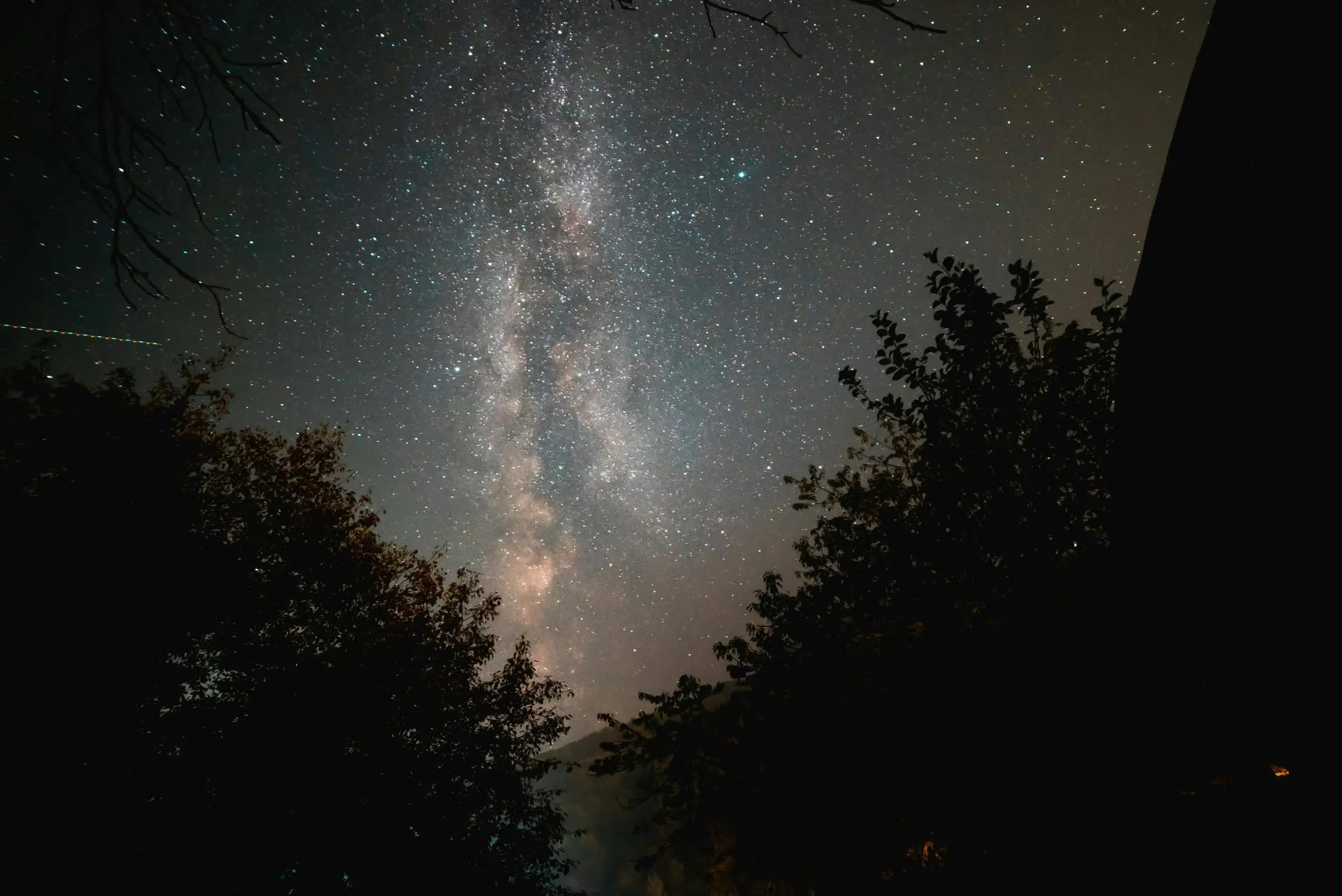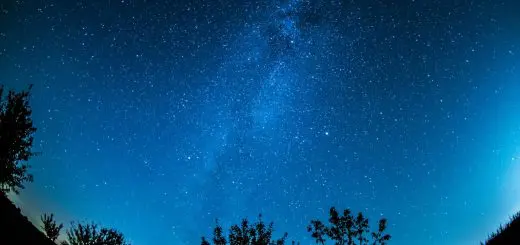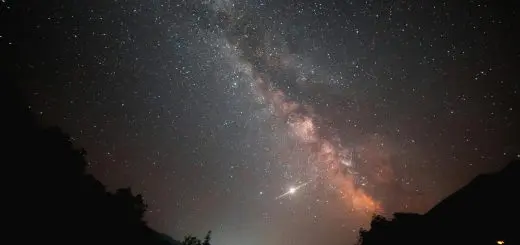What Are the Origins and History of Halloween?

Looking for more amazing products? Check out our online store and explore our collection here! Happy shopping!
Before diving in, please note: This post is for informational purposes only. If you’d like to know more about how we approach topics, feel free to check out our friendly Disclaimer Page.
Hey there, amazing readers! 
We’re committed to delivering quality posts, and your support (even just sticking around despite the ads) means everything to us. So, bear with us, and thanks for helping us keep the good vibes rolling. Now, on to the fun stuff!
TRANSLATE BUTTON AT THE END OF THE ARTICLE
Introduction
Halloween, celebrated on October 31st, is a holiday known for its spooky costumes, trick-or-treating, and eerie decorations.
But beyond the fun and festivity lies a rich history that spans centuries and cultures.
Understanding Halloween’s origins provides insight into how ancient traditions have evolved into the modern celebration we know today.
Ancient Celtic Roots
Samhain: The Celtic Festival
The origins of Halloween can be traced back to the ancient Celtic festival of Samhain (pronounced “sow-in”), which marked the end of the harvest season and the beginning of winter.
Celebrated from October 31st to November 1st, Samhain was believed to be a time when the veil between the living and the dead was at its thinnest, allowing spirits to cross over into the world of the living.
During Samhain, Celts lit bonfires and wore costumes, often disguising themselves as spirits to ward off malevolent ghosts.
They believed that these practices would help them avoid harm from wandering spirits who might cause trouble during the winter months.
Influence on Modern Halloween
Many of the customs associated with Samhain laid the groundwork for modern Halloween traditions.
The idea of disguises and costumes to avoid recognition by ghosts is reflected in today’s Halloween costumes.
The practice of lighting bonfires evolved into the tradition of decorating homes with spooky lights and jack-o’-lanterns.
Roman Influence
The Festival of Pomona
When the Romans conquered Celtic territories, they incorporated local customs with their own traditions.
One such festival was Pomona, dedicated to the Roman goddess of fruits and trees.
Celebrated around the same time as Samhain, Pomona’s festival involved harvesting and celebrating the bounty of the season, which also included the use of apples.
This may have influenced the modern tradition of bobbing for apples.
Feralia: The Roman Feast of the Dead
Another Roman tradition, Feralia, was a festival held in late October to honor deceased ancestors.
During Feralia, Romans would visit graves, leave offerings, and hold feasts in memory of the dead.
This practice of honoring the deceased contributed to the Halloween custom of remembering and celebrating those who have passed away.
The Christianization of Halloween
All Hallows’ Eve
By the 8th century, the Christian Church sought to replace pagan festivals with Christian celebrations.
In 731 AD, Pope Gregory III designated November 1st as All Hallows’ Day (later known as All Saints’ Day) to honor saints and martyrs.
The night before, October 31st, became known as All Hallows’ Eve, eventually shortened to Halloween.
This transition from a pagan festival to a Christian observance incorporated elements of Samhain and Roman traditions, blending them with Christian practices.
The idea of honoring the dead and seeking protection from evil spirits continued under the guise of a Christian holiday.
All Souls’ Day
In addition to All Saints’ Day, All Souls’ Day on November 2nd was established to honor the souls of the departed who were believed to be in purgatory.
The traditions of All Souls’ Day, including the lighting of candles and offering prayers, further influenced Halloween customs related to remembering the dead.
Halloween in America
Early Settlers and Colonial Influence
Halloween traditions arrived in America with European immigrants, particularly the Irish and Scots-Irish in the 19th century.
These groups brought with them customs from their homelands, including the practice of carving turnips into lanterns to ward off evil spirits.
In America, this practice evolved into carving pumpkins, which were more readily available.
The Evolution of Trick-or-Treating
The practice of trick-or-treating has roots in both European traditions and American customs.
In medieval England, children and poor people would go “souling” on All Hallows’ Eve, going door-to-door to collect food in exchange for prayers for the dead.
This tradition evolved into the modern trick-or-treating custom.
By the early 20th century, Halloween had become a community-centered holiday with parades, parties, and, of course, trick-or-treating.
The commercialization of Halloween in the 20th century, including costumes, decorations, and candy, further solidified the holiday’s place in American culture.
Modern Halloween Celebrations
Costumes and Decorations
Modern Halloween is characterized by elaborate costumes, haunted houses, and decorative displays.
The tradition of dressing up in costumes has evolved from ancient practices of disguising oneself from spirits to a celebration of creativity and fun.
Today, Halloween costumes range from spooky and supernatural to humorous and trendy.
Trick-or-Treating
Trick-or-treating remains one of the most popular Halloween traditions.
Children go door-to-door collecting candy and treats, embodying the festive spirit of the holiday.
This practice has become a significant aspect of Halloween, contributing to its popularity and commercial success.
Commercialization and Pop Culture
Halloween has become a major commercial holiday, with retailers and businesses capitalizing on its popularity.
From themed parties and events to a wide array of costumes and decorations, Halloween has permeated popular culture and continues to grow in popularity.
Conclusion
The origins and history of Halloween reveal a rich tapestry of ancient traditions, religious adaptations, and cultural evolution.
From its Celtic roots and Roman influences to its transformation in America, Halloween has evolved into a vibrant celebration that blends historical practices with modern festivities.
Understanding its origins not only enhances our appreciation of the holiday but also connects us to a broader cultural heritage that spans centuries.

The Enlightenment Journey is a remarkable collection of writings authored by a distinguished group of experts in the fields of spirituality, new age, and esoteric knowledge.
This anthology features a diverse assembly of well-experienced authors who bring their profound insights and credible perspectives to the forefront.
Each contributor possesses a wealth of knowledge and wisdom, making them authorities in their respective domains.
Together, they offer readers a transformative journey into the realms of spiritual growth, self-discovery, and esoteric enlightenment.
The Enlightenment Journey is a testament to the collective expertise of these luminaries, providing readers with a rich tapestry of ideas and information to illuminate their spiritual path.
Our Diverse Expertise
While our primary focus is on spirituality and esotericism, we are equally passionate about exploring a wide range of other topics and niches 

To ensure we provide the most accurate and valuable insights, we collaborate with trusted experts in their respective domains 
Our blog originally focused on spirituality and metaphysics, but we’ve since expanded to cover a wide range of niches. Don’t worry—we continue to publish a lot of articles on spirituality! Frequently visit our blog to explore our diverse content and stay tuned for more insightful reads.
Hey there, amazing reader! 
Check out our store here and take a peek at some of our featured products below! Thanks for being awesome!










